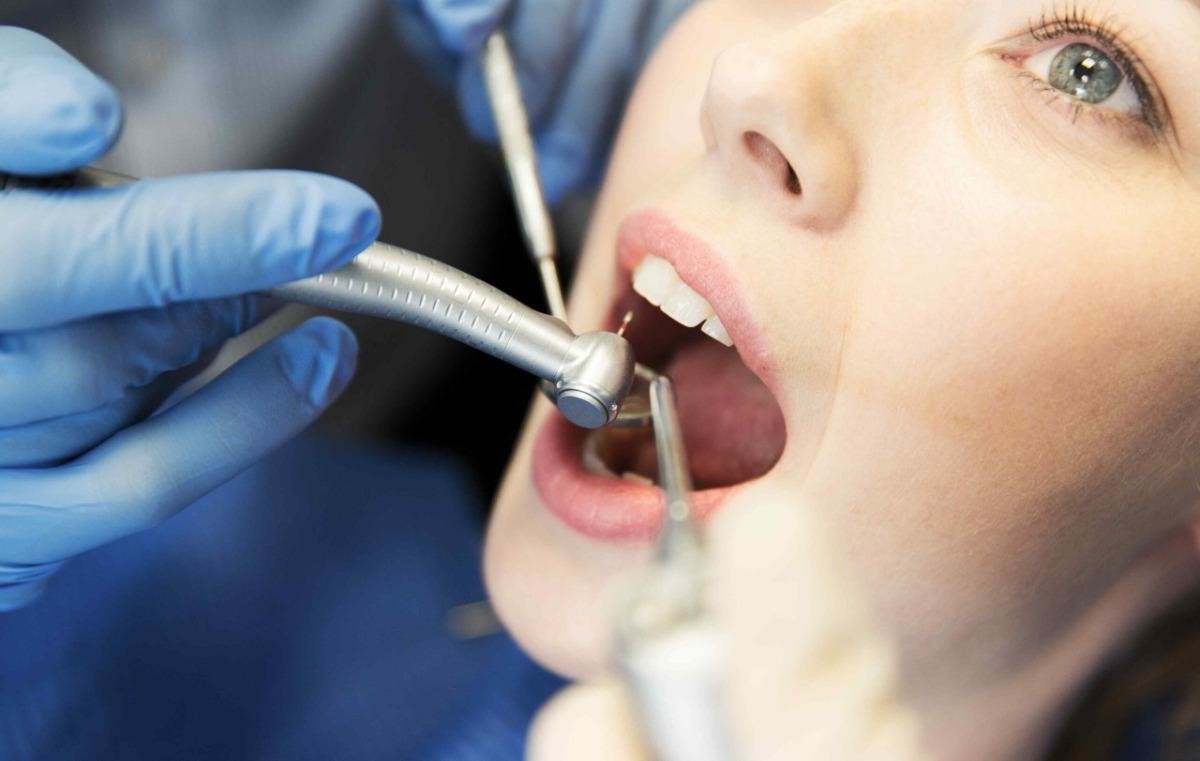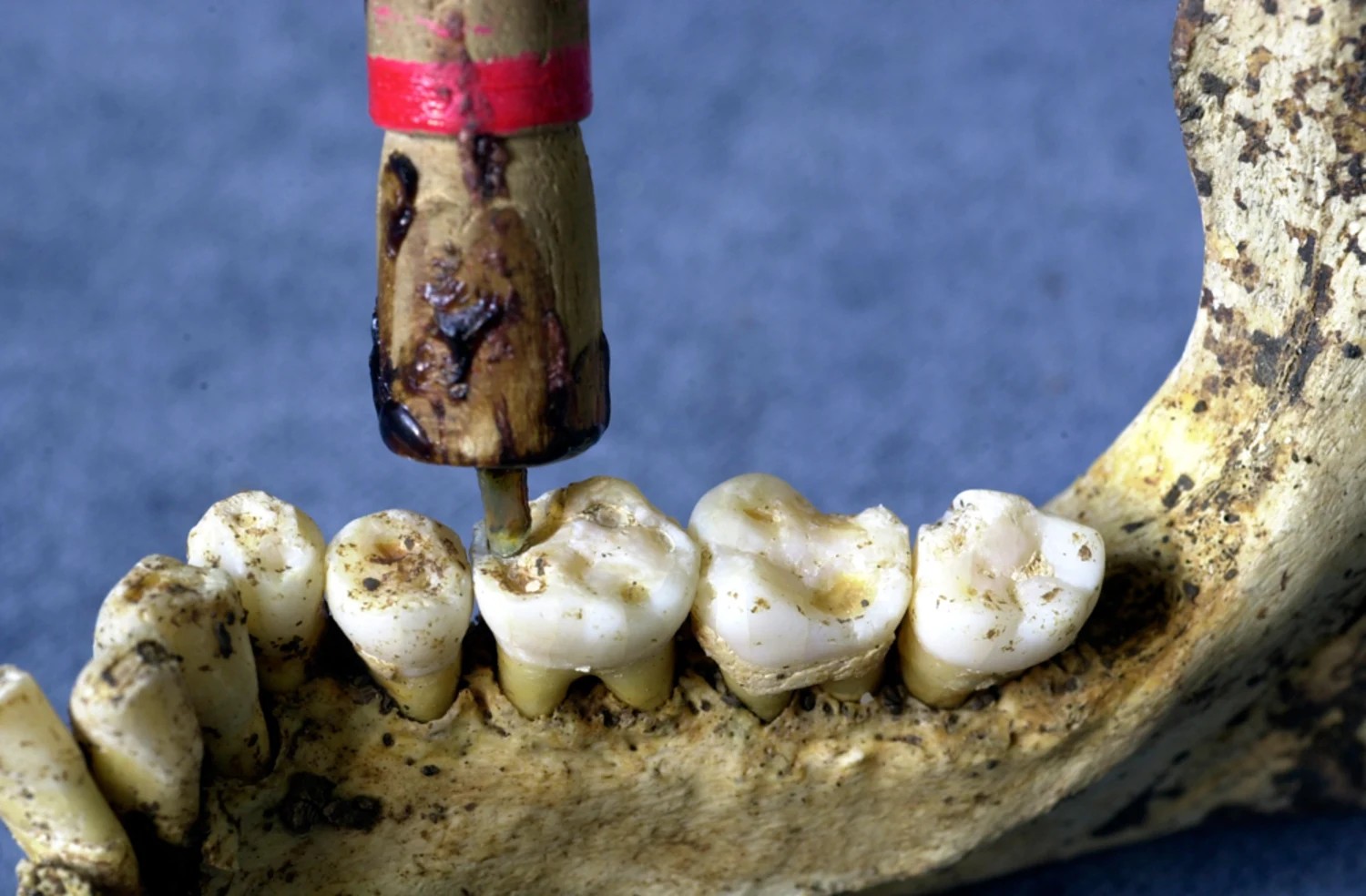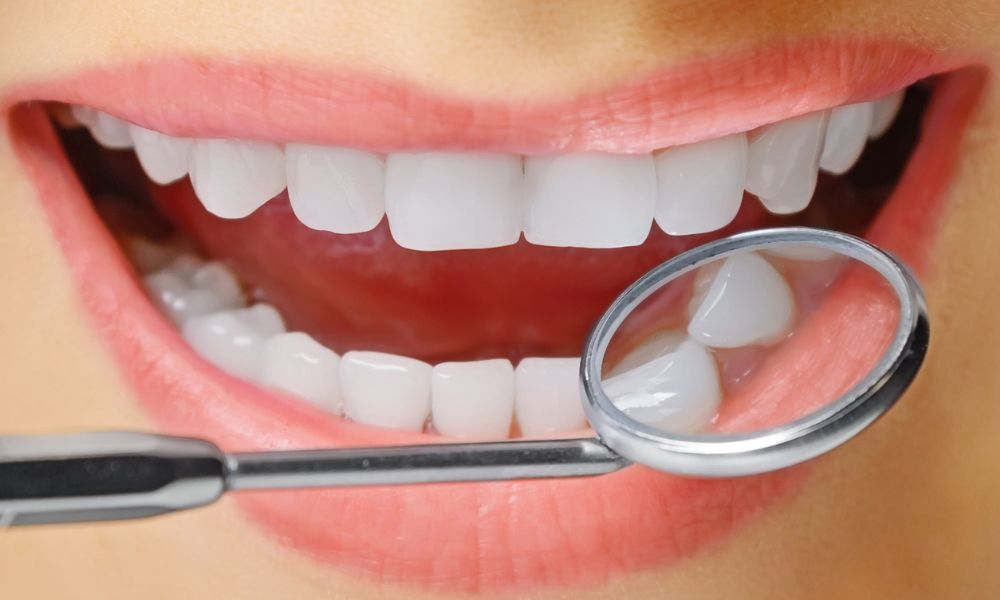Dental health is a crucial aspect of overall well-being, and understanding common dental procedures can help alleviate any anxiety you might have about visiting the dentist. From routine cleanings to more complex treatments, knowing what to expect can make your dental appointments more manageable. In this comprehensive guide, we’ll cover the most common dental procedures, their purposes, and what you can expect during each one.
- Dental Cleanings: Maintaining Your Oral Health
What It Is: Dental cleanings, or prophylaxis, are routine procedures performed by dental hygienists to remove plaque and tartar from your teeth. These cleanings help prevent gum disease, cavities, and bad breath.
What to Expect: During a cleaning, your hygienist will use specialized tools to scrape off plaque and tartar buildup from your teeth. They’ll also polish your teeth to remove surface stains and apply fluoride to help strengthen your enamel. The procedure is typically painless, although you may experience some sensitivity if you have gum issues or worn enamel.
- Fillings: Restoring Cavities
What It Is: Dental fillings are used to repair teeth that have been damaged by cavities. The decayed portion of the tooth is removed, and the cavity is filled with a material such as amalgam, composite resin, or gold.
What to Expect: The dentist will first numb the affected area with a local anesthetic. Then, they will remove the decayed tissue and clean the cavity. Afterward, they will fill the cavity with the chosen material and shape it to match the natural contours of your tooth. The process usually takes about an hour, and you may experience some mild discomfort afterward.
- Root Canals: Treating Infection
What It Is: A root canal is a procedure used to treat infection or damage within the pulp of a tooth. The pulp is the soft tissue inside the tooth that contains nerves and blood vessels. Root canals can save a tooth that might otherwise need to be extracted.
What to Expect: During a root canal, the lake geneva orthodontist will numb the affected tooth and surrounding area with a local anesthetic. They will then create an opening in the tooth to remove the infected or damaged pulp. After cleaning and disinfecting the root canals, they will fill and seal the space. Finally, the tooth is usually covered with a crown to restore its strength and function. The procedure may involve some discomfort afterward, but it’s generally manageable with over-the-counter pain relief.
- Crowns: Strengthening and Protecting Teeth
What It Is: Dental crowns are caps placed over damaged or weakened teeth to restore their shape, size, and strength. Crowns can be made from various materials, including porcelain, metal, or a combination of both.
What to Expect: To place a crown, the dentist will first prepare the tooth by removing any decay or damage and shaping it to fit the crown. They will then take impressions of the tooth to create a custom crown. While the permanent crown is being made, a temporary crown will be placed. Once the permanent crown is ready, it will be cemented onto the prepared tooth. The procedure is typically completed in two visits, and you may experience some sensitivity or discomfort during the adjustment period.
- Bridges: Replacing Missing Teeth
What It Is: Dental bridges are used to replace one or more missing teeth by anchoring artificial teeth (pontics) to the adjacent natural teeth or implants. Bridges restore the function and appearance of your smile.
What to Expect: The procedure involves preparing the adjacent teeth (abutment teeth) to support the bridge. Impressions of your teeth will be taken to create a custom bridge. A temporary bridge will be placed while the permanent one is being made. Once the permanent bridge is ready, it will be adjusted and cemented into place. The process may involve some discomfort, but it is generally well-tolerated.
- Extractions: Removing Problematic Teeth
What It Is: Tooth extraction is the removal of a tooth that is severely damaged, decayed, or causing problems, such as overcrowding or infection.
What to Expect: The dentist will numb the area around the tooth with a local anesthetic. For more complex extractions, such as those involving impacted wisdom teeth, sedation may be used. The dentist will then loosen and remove the tooth. After the extraction, you may experience some swelling and discomfort, which can be managed with prescribed pain relievers and following post-operative care instructions.
- Dental Implants: Long-Term Tooth Replacement
What It Is: Dental implants are a popular option for replacing missing teeth. They involve placing a titanium post into the jawbone, which serves as a foundation for a crown or bridge.
What to Expect: The implant procedure typically involves several stages. First, a titanium post is surgically placed into the jawbone. Over time, the bone will fuse with the post in a process called osseointegration. Once the implant is securely integrated, a crown or bridge is attached to the post. The entire process can take several months, but it provides a long-lasting and natural-looking solution for missing teeth.
- Periodontal Treatments: Addressing Gum Disease
What It Is: Periodontal treatments focus on managing gum disease, which can lead to tooth loss if left untreated. These treatments range from deep cleanings to surgical procedures.
What to Expect: For mild gum disease, scaling and root planing (deep cleaning) may be recommended to remove plaque and tartar from below the gumline. For more advanced cases, surgical procedures such as flap surgery or grafts may be necessary to restore gum health. Recovery varies depending on the treatment, but maintaining good oral hygiene and following your dentist’s recommendations can help ensure successful outcomes.
- Teeth Whitening: Enhancing Your Smile
What It Is: Teeth whitening is a cosmetic procedure designed to lighten the color of your teeth and remove stains. It can be done in-office or at home with professional-grade products.
What to Expect: In-office whitening typically involves applying a whitening gel to your teeth and using a special light or laser to enhance the whitening process. At-home treatments involve using custom trays and whitening gel provided by your dentist. Both methods can effectively brighten your smile, though you may experience some temporary sensitivity during or after the treatment.
- Orthodontics: Correcting Misaligned Teeth
What It Is: Orthodontics involves using braces or aligners to correct misaligned teeth and jaws. This treatment helps improve the function and appearance of your smile.
What to Expect: Braces consist of metal or ceramic brackets and wires that gradually move your teeth into proper alignment. Clear aligners, such as Invisalign, are removable and less noticeable alternatives to traditional braces. Orthodontic treatment typically takes several months to a few years, depending on the complexity of your case. Regular visits to the orthodontist are required to adjust the braces or monitor the progress of aligners.
Conclusion
Understanding common dental procedures and what to expect can significantly reduce any anxiety you might have about visiting the dentist. Whether you’re undergoing a routine cleaning or a more complex treatment, knowing what each procedure involves helps you feel more prepared and confident about your dental care. Regular dental check-ups and maintaining good oral hygiene are essential for keeping your smile healthy and bright






